Home>Furniture & Design>Bathroom Accessories>Why Does Glass Cleaner Leaves Streaks
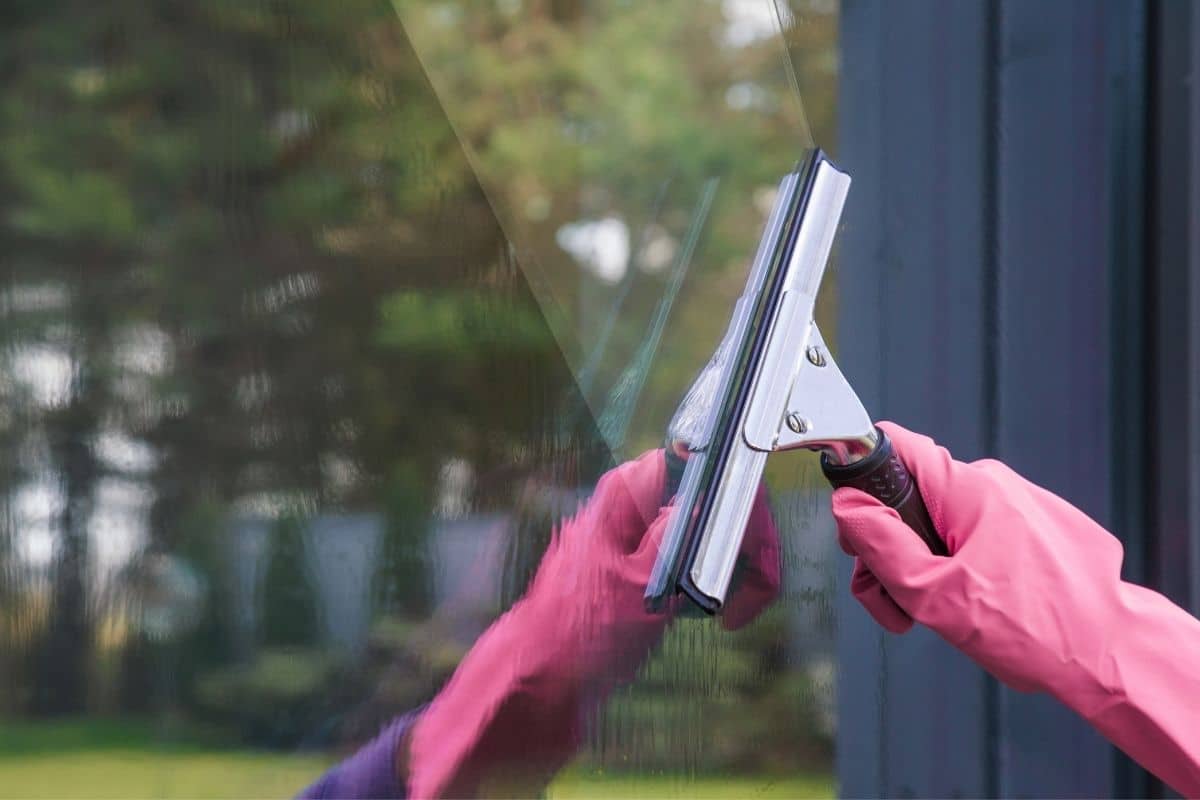

Bathroom Accessories
Why Does Glass Cleaner Leaves Streaks
Modified: August 16, 2024
Discover the reasons why glass cleaner leaves streaks on bathroom accessories and learn how to prevent them for a streak-free shine. Explore effective cleaning tips and solutions.
(Many of the links in this article redirect to a specific reviewed product. Your purchase of these products through affiliate links helps to generate commission for Storables.com, at no extra cost. Learn more)
Introduction
Glass cleaner is a staple in every household, serving as a go-to solution for maintaining sparkling, streak-free windows, mirrors, and glass surfaces. However, despite its widespread use, many individuals encounter the frustrating issue of streaks left behind after cleaning. This phenomenon often leaves people wondering why their glass cleaner fails to deliver the pristine, crystal-clear results they desire.
Understanding the root cause of streaks is essential for effectively addressing this common concern. By delving into the composition of glass cleaner and the factors that contribute to streaks, we can gain valuable insights into how to achieve flawless, streak-free surfaces. Additionally, learning practical tips for preventing streaks can empower individuals to elevate their cleaning routines and achieve impeccable results with ease.
In this comprehensive guide, we will explore the intricate world of glass cleaner, unravel the mysteries behind streak formation, and equip you with the knowledge and strategies needed to banish streaks from your glass surfaces for good. Let's embark on this enlightening journey to uncover the secrets of glass cleaner and unlock the key to streak-free brilliance.
Key Takeaways:
- Say goodbye to streaks by choosing the right cloth, applying cleaner sparingly, and buffing properly. With mindful cleaning, your glass surfaces will shine brilliantly without any streaks.
- Understand the composition of glass cleaner and address factors like residue buildup and environmental conditions to achieve streak-free, crystal-clear glass surfaces. With these tips, streaks will be a thing of the past!
Read more: How To Not Leave Streaks On Glass
Understanding the Composition of Glass Cleaner
Glass cleaner, the unsung hero of household cleaning, is a meticulously formulated solution designed to dissolve grime, banish smudges, and restore transparency to glass surfaces. To comprehend why streaks may occur, it's crucial to unravel the intricate composition of this versatile cleaning elixir.
At its core, a typical glass cleaner consists of a harmonious blend of solvents, surfactants, and water. Solvents, such as isopropyl alcohol or ammonia, serve as the powerhouse behind the cleaner's ability to dissolve and disperse oily residues and dirt. These potent solvents work tirelessly to break down stubborn grime, allowing for effortless removal during the cleaning process.
Surfactants, another essential component, play a pivotal role in minimizing surface tension and promoting even spreading of the cleaner across the glass. By reducing the tendency of the cleaner to form droplets or beads, surfactants ensure uniform coverage, enabling the solution to effectively lift and suspend dirt particles for easy removal.
Water, the universal solvent, acts as the medium through which the solvents and surfactants synergistically interact to deliver a potent cleaning action. Its presence facilitates the dispersion of the active ingredients, ensuring that the cleaner can effectively penetrate and cleanse the glass surface.
In addition to these fundamental components, many glass cleaners also incorporate fragrances and dyes to enhance the overall user experience. These additives contribute to the pleasant aroma and visual appeal of the cleaner, transforming the mundane task of cleaning into a more enjoyable and sensory-rich experience.
Understanding the intricate composition of glass cleaner provides valuable insights into its cleaning mechanisms and the potential factors that may lead to streak formation. By gaining a deeper appreciation for the delicate balance of solvents, surfactants, and water within the cleaner, we can begin to unravel the mysteries behind streaks and embark on a journey toward achieving flawlessly clear and streak-free glass surfaces.
Factors Contributing to Streaks
Streaks on glass surfaces can be attributed to a myriad of factors, each playing a distinct role in undermining the desired pristine finish. Understanding these contributing elements is pivotal in addressing and preventing streak formation. Let's delve into the key factors that can lead to the frustrating presence of streaks after using glass cleaner.
-
Residue Buildup: One of the primary culprits behind streaks is residue buildup. Over time, glass surfaces accumulate a thin film of dust, grease, and other contaminants. When glass cleaner is applied to such surfaces, it may interact with the existing residue, leading to streak formation as the cleaner struggles to effectively disperse and remove the accumulated grime.
-
Improper Application: The manner in which glass cleaner is applied can significantly impact the likelihood of streaks. Uneven application or excessive use of the cleaner can result in an uneven distribution of the cleaning solution, leading to streaks as certain areas receive inadequate coverage and cleaning.
-
Inadequate Buffing: After applying the glass cleaner, inadequate or improper buffing can leave behind streaks. Insufficient buffing fails to evenly distribute the cleaning solution and remove any remaining residue, resulting in visible streaks that detract from the desired clarity of the glass surface.
-
Quality of Cleaning Cloth: The type and quality of the cleaning cloth used can influence the likelihood of streak formation. Low-quality or excessively abrasive cloths may leave behind lint or streaks, compromising the overall cleanliness of the glass surface.
-
Environmental Factors: Environmental conditions, such as high humidity or direct sunlight, can exacerbate streak formation. In humid environments, the cleaner may struggle to evaporate properly, leading to streaks as the cleaning solution dries unevenly. Similarly, direct sunlight can hasten the drying process, potentially leaving behind visible streaks before the cleaner can be adequately buffed.
-
Product Residue: In some cases, streaks may arise from residual product buildup. If the glass cleaner is not thoroughly removed during the cleaning process, traces of the solution can dry and manifest as streaks, marring the otherwise transparent surface.
By recognizing and addressing these contributing factors, individuals can take proactive measures to minimize the occurrence of streaks and elevate their glass cleaning routines. Through mindful application, proper buffing techniques, and an awareness of environmental influences, achieving streak-free brilliance becomes an attainable goal, allowing glass surfaces to radiate with pristine clarity and transparency.
To prevent streaks when using glass cleaner, try using a microfiber cloth instead of paper towels. Microfiber cloths are more effective at picking up dirt and grime, leaving behind a streak-free shine.
Tips for Preventing Streaks
Preventing streaks on glass surfaces is a goal that can be achieved through mindful practices and strategic approaches to cleaning. By implementing the following tips, individuals can elevate their glass cleaning routines and bid farewell to the frustration of streak formation.
-
Choose the Right Cleaning Cloth: Opt for high-quality, lint-free microfiber cloths specifically designed for glass cleaning. These cloths are gentle on glass surfaces and effectively lift and trap dirt and grime without leaving behind lint or streaks.
-
Mindful Application: Apply the glass cleaner sparingly and evenly across the surface. Avoid over-spraying or using excessive amounts of the cleaner, as this can lead to uneven coverage and streak formation. A light, uniform application ensures that the cleaning solution can effectively disperse and lift dirt without leaving streaks behind.
-
Proper Buffing Technique: After applying the cleaner, use a clean portion of the cloth to thoroughly buff the glass surface. Employing circular or back-and-forth motions, ensure that the cleaning solution is evenly distributed and any residual grime is effectively removed. Proper buffing minimizes the likelihood of streaks and enhances the overall clarity of the glass.
-
Mind the Environment: Choose an optimal cleaning environment to minimize the risk of streak formation. Avoid cleaning glass surfaces in direct sunlight or high humidity, as these conditions can impede the proper evaporation of the cleaner, leading to streaks as the solution dries unevenly. Opt for a shaded, well-ventilated area for optimal cleaning results.
-
Use a Two-Step Cleaning Process: For heavily soiled or greasy glass surfaces, consider implementing a two-step cleaning process. Begin by using a gentle glass cleaner to remove surface grime, followed by a second round of cleaning using a fresh cloth dampened with plain water to ensure thorough removal of any remaining residue or cleaner traces.
-
Regular Maintenance: Incorporate regular maintenance into your cleaning routine to prevent the accumulation of stubborn grime and residue. By consistently addressing minor dirt and smudges, you can minimize the likelihood of streak formation during cleaning sessions, maintaining the pristine clarity of your glass surfaces.
By integrating these tips into your glass cleaning regimen, you can proactively combat streak formation and elevate the overall cleanliness and transparency of your glass surfaces. With mindful application, proper buffing techniques, and an awareness of environmental influences, achieving streak-free brilliance becomes an attainable goal, allowing your glass surfaces to radiate with pristine clarity and transparency.
Conclusion
In the realm of household cleaning, the quest for streak-free glass surfaces is a pursuit that hinges on a delicate interplay of factors, from the composition of glass cleaner to the nuances of application and environmental considerations. As we conclude our exploration into the enigmatic world of streak formation and prevention, it becomes evident that achieving pristine, crystal-clear glass surfaces is a multifaceted endeavor that demands attention to detail and a nuanced approach to cleaning.
By unraveling the intricate composition of glass cleaner, we have gained valuable insights into the synergistic interplay of solvents, surfactants, and water, each contributing to the cleaner's ability to dissolve grime and restore transparency to glass surfaces. This understanding serves as the foundation for comprehending the potential factors that can lead to streak formation, empowering individuals to address these elements proactively and elevate their glass cleaning routines.
The factors contributing to streaks, ranging from residue buildup and improper application to environmental influences and product residue, underscore the nuanced nature of streak formation. By recognizing these contributing elements, individuals can implement strategic measures to minimize the occurrence of streaks, fostering an environment where glass surfaces can radiate with impeccable clarity and brilliance.
The tips for preventing streaks serve as a practical guide for individuals seeking to elevate their glass cleaning practices. From choosing the right cleaning cloth to employing proper buffing techniques and minding the environmental conditions, these tips offer actionable strategies for achieving streak-free brilliance and maintaining the pristine transparency of glass surfaces.
In essence, the journey toward streak-free glass surfaces is a harmonious blend of science, mindfulness, and practicality. By embracing a holistic understanding of glass cleaner composition, recognizing the contributing factors to streak formation, and implementing proactive measures for prevention, individuals can transcend the frustration of streaks and unlock the key to pristine, crystal-clear glass surfaces.
As we bid adieu to the perplexing world of streaks and glass cleaning, armed with newfound knowledge and practical insights, let us embark on a journey where streaks are but a distant memory, and glass surfaces shimmer with unparalleled clarity and brilliance.
Frequently Asked Questions about Why Does Glass Cleaner Leaves Streaks
Was this page helpful?
At Storables.com, we guarantee accurate and reliable information. Our content, validated by Expert Board Contributors, is crafted following stringent Editorial Policies. We're committed to providing you with well-researched, expert-backed insights for all your informational needs.

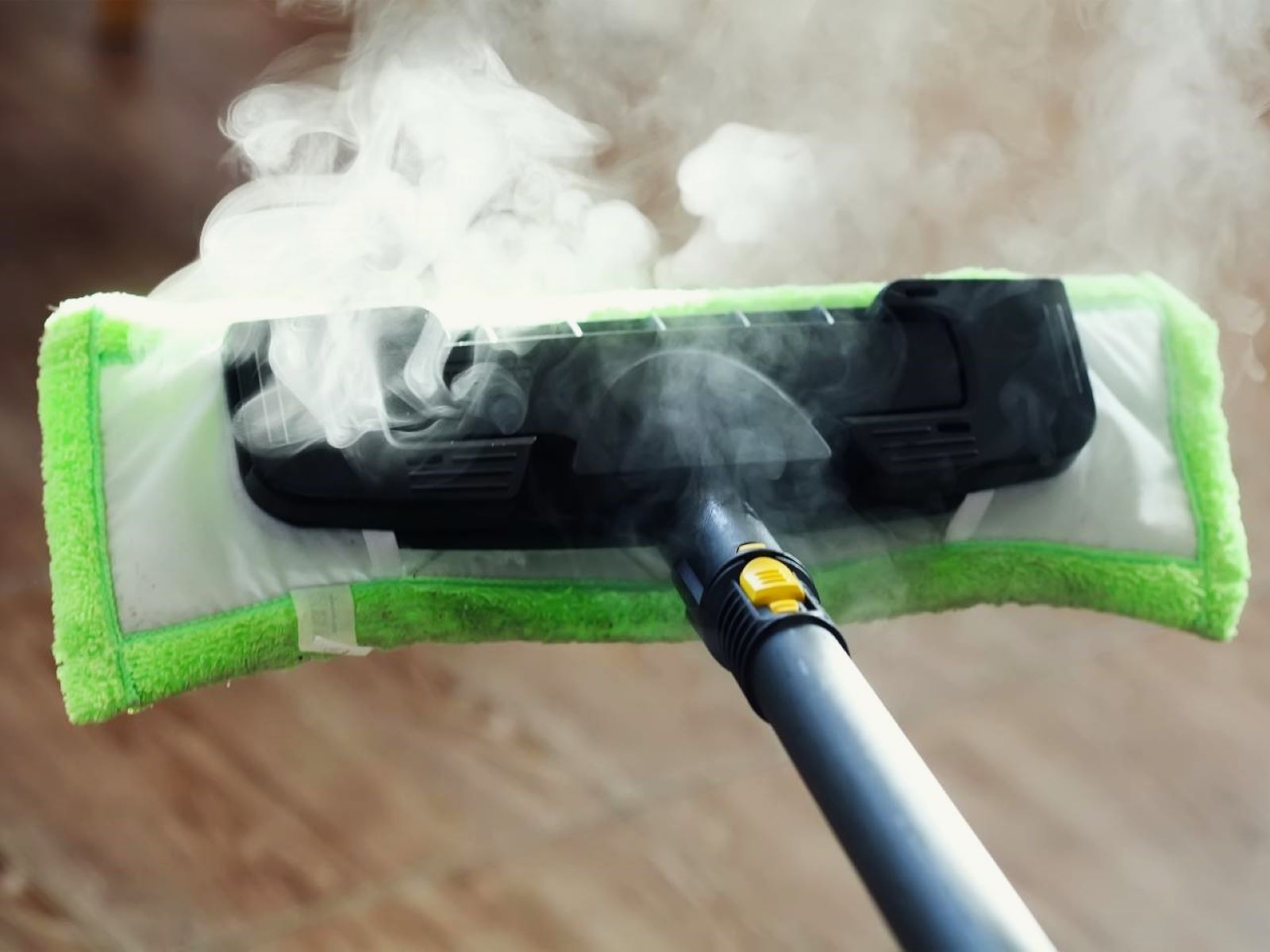
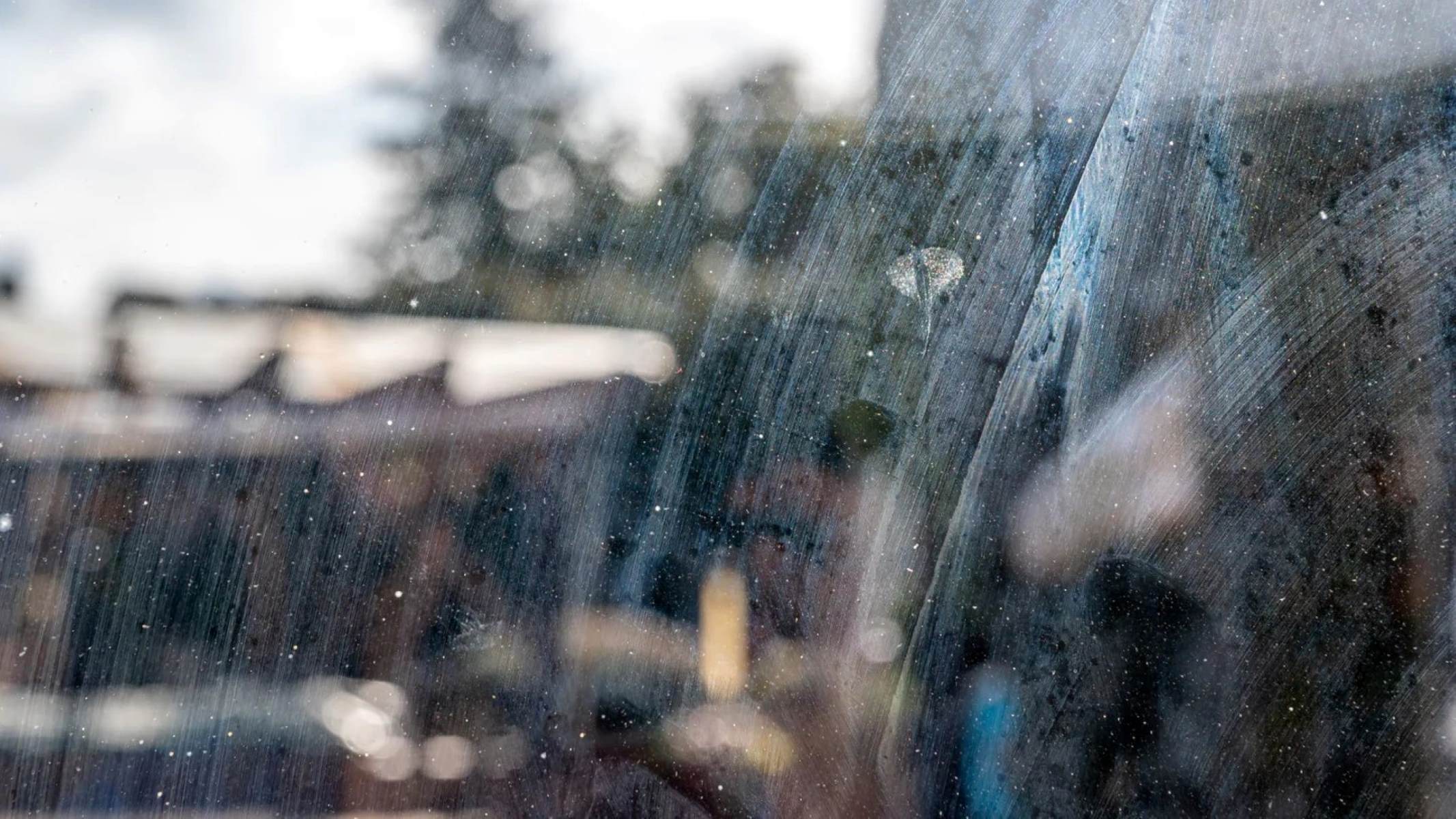
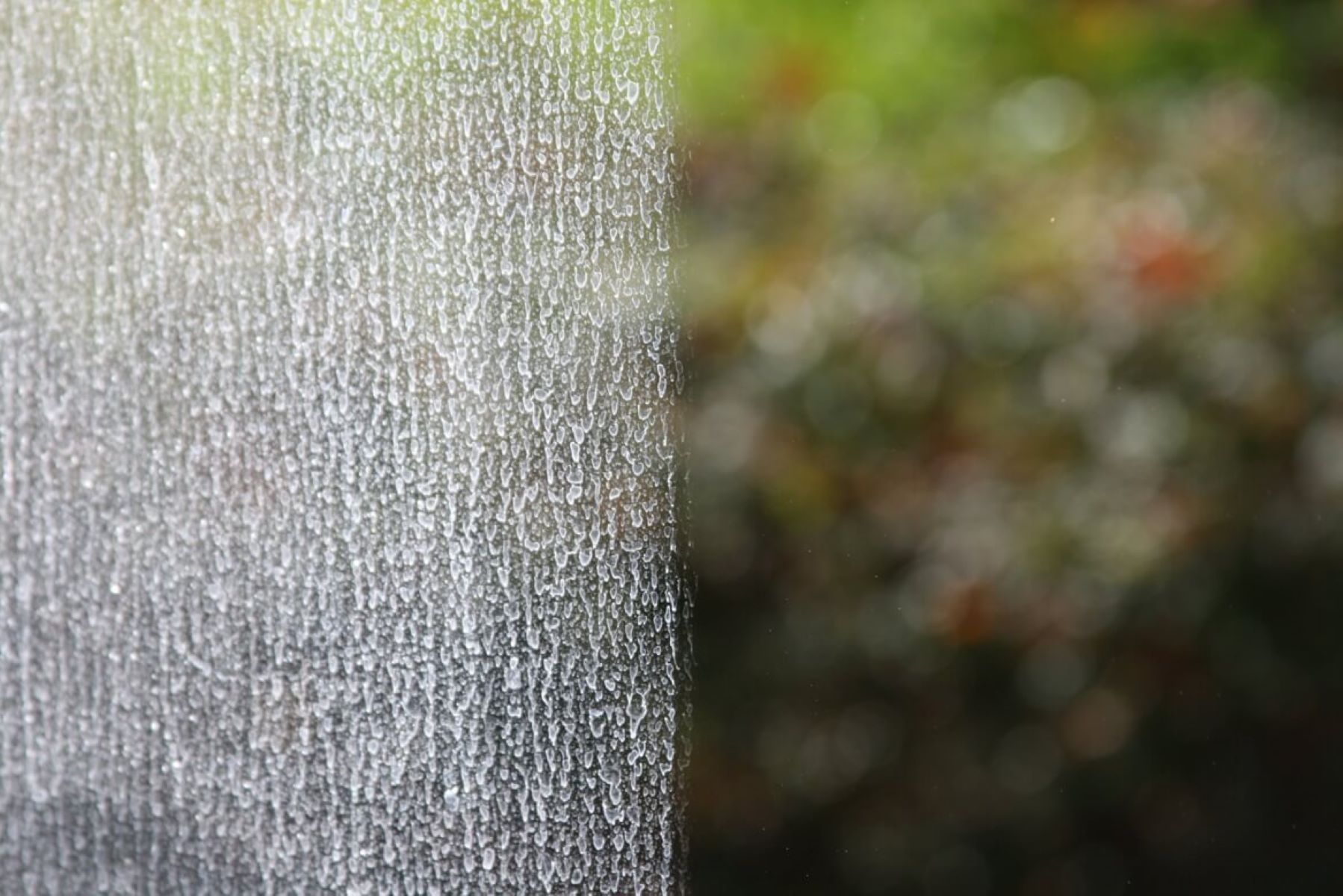
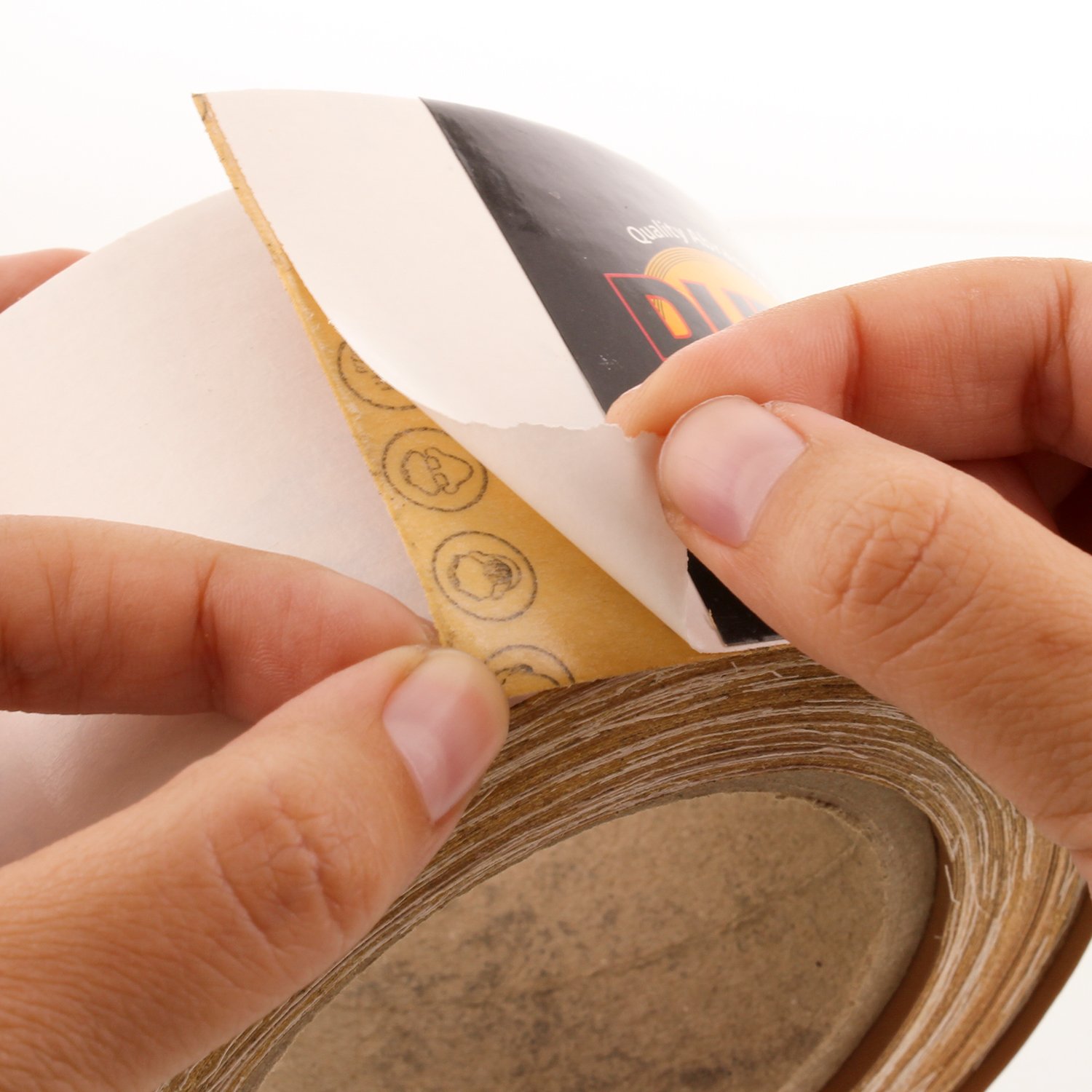
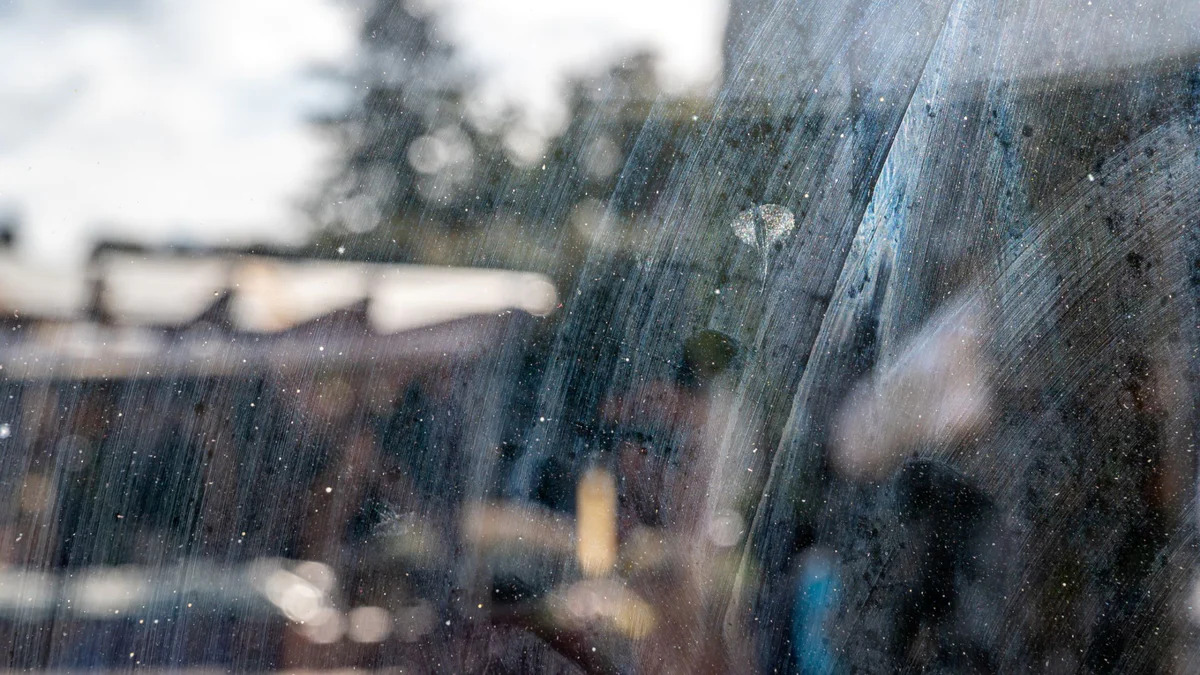
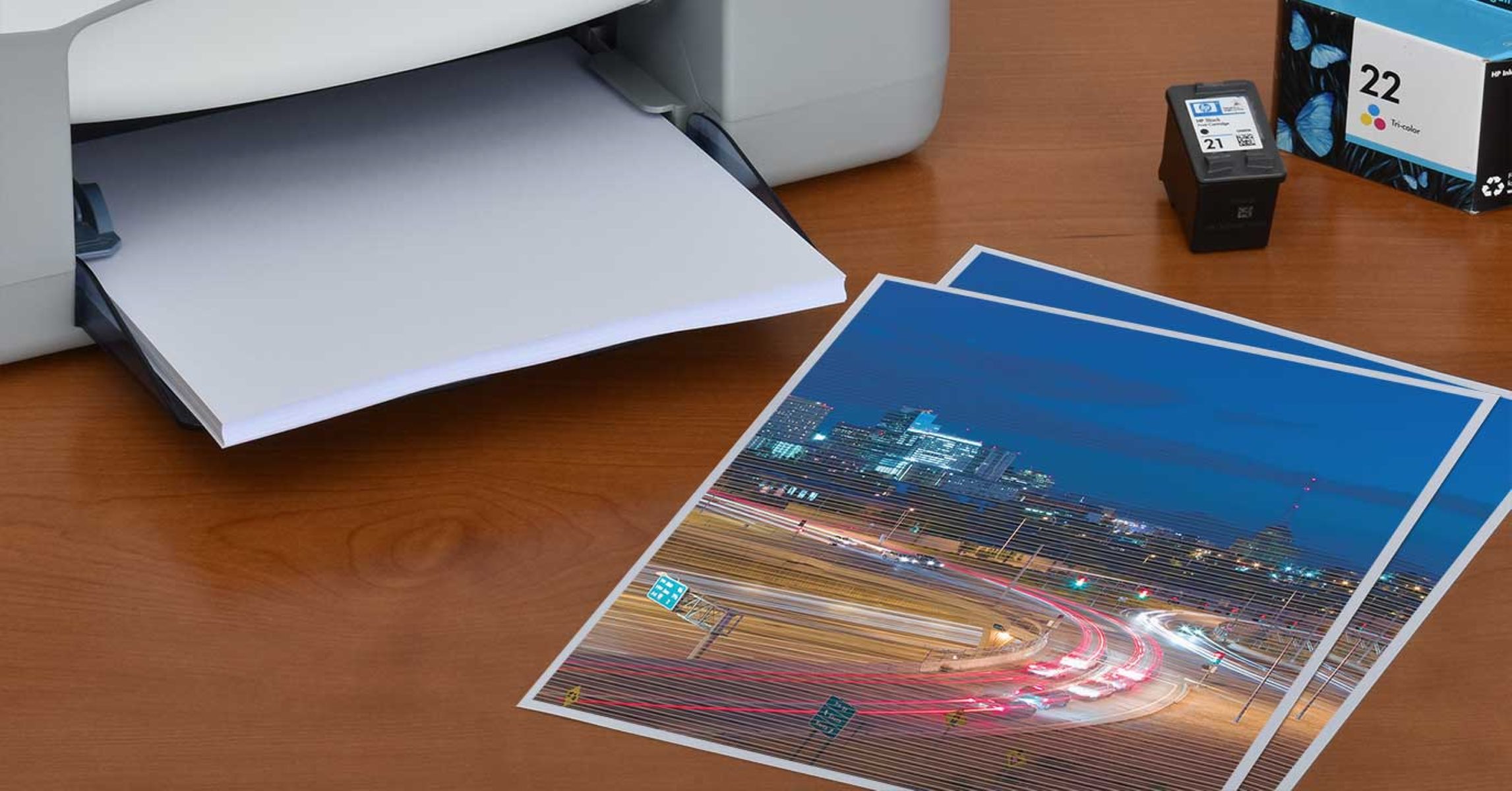
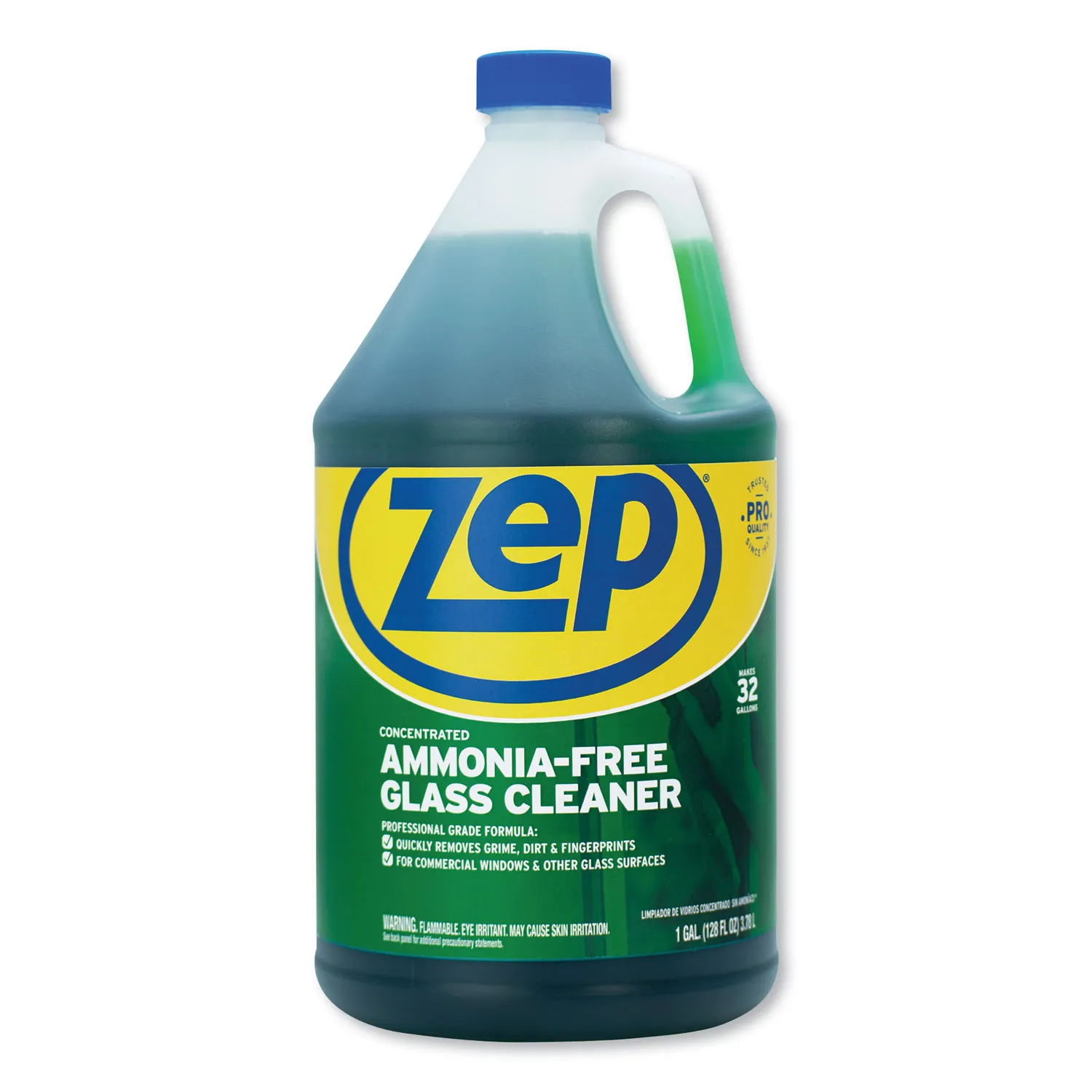
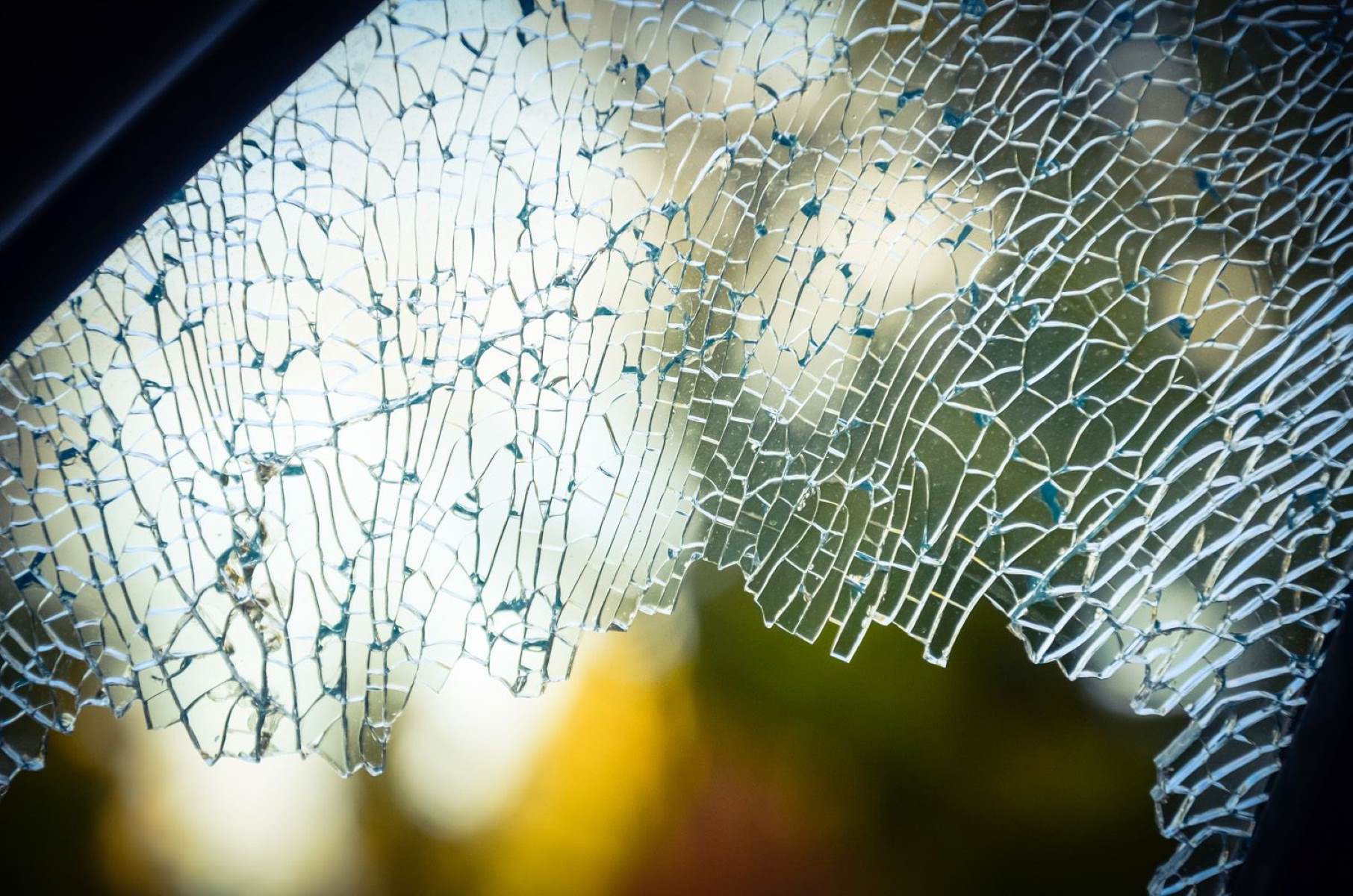
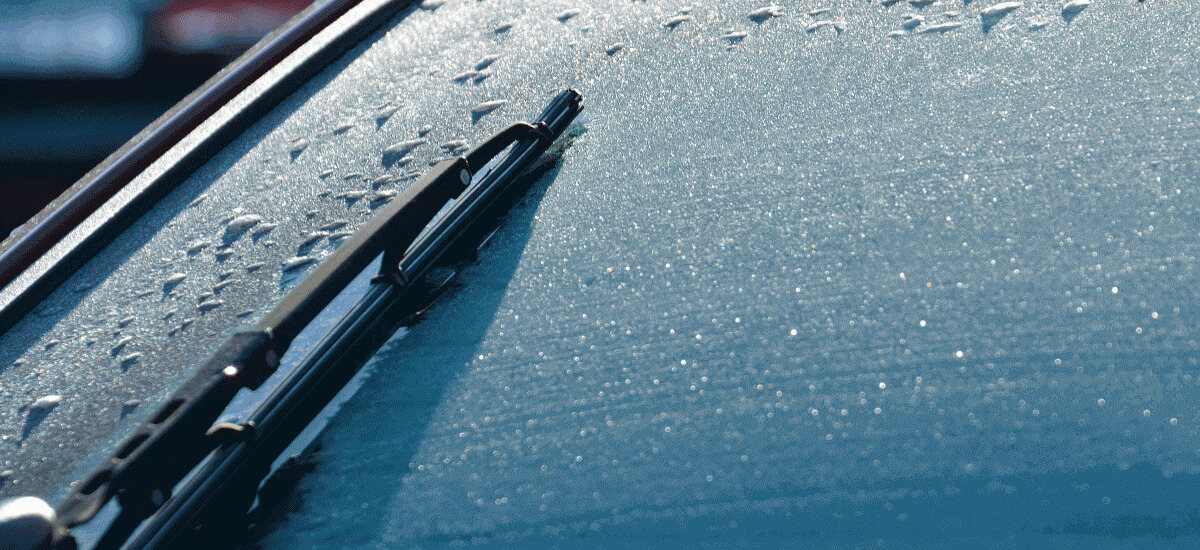
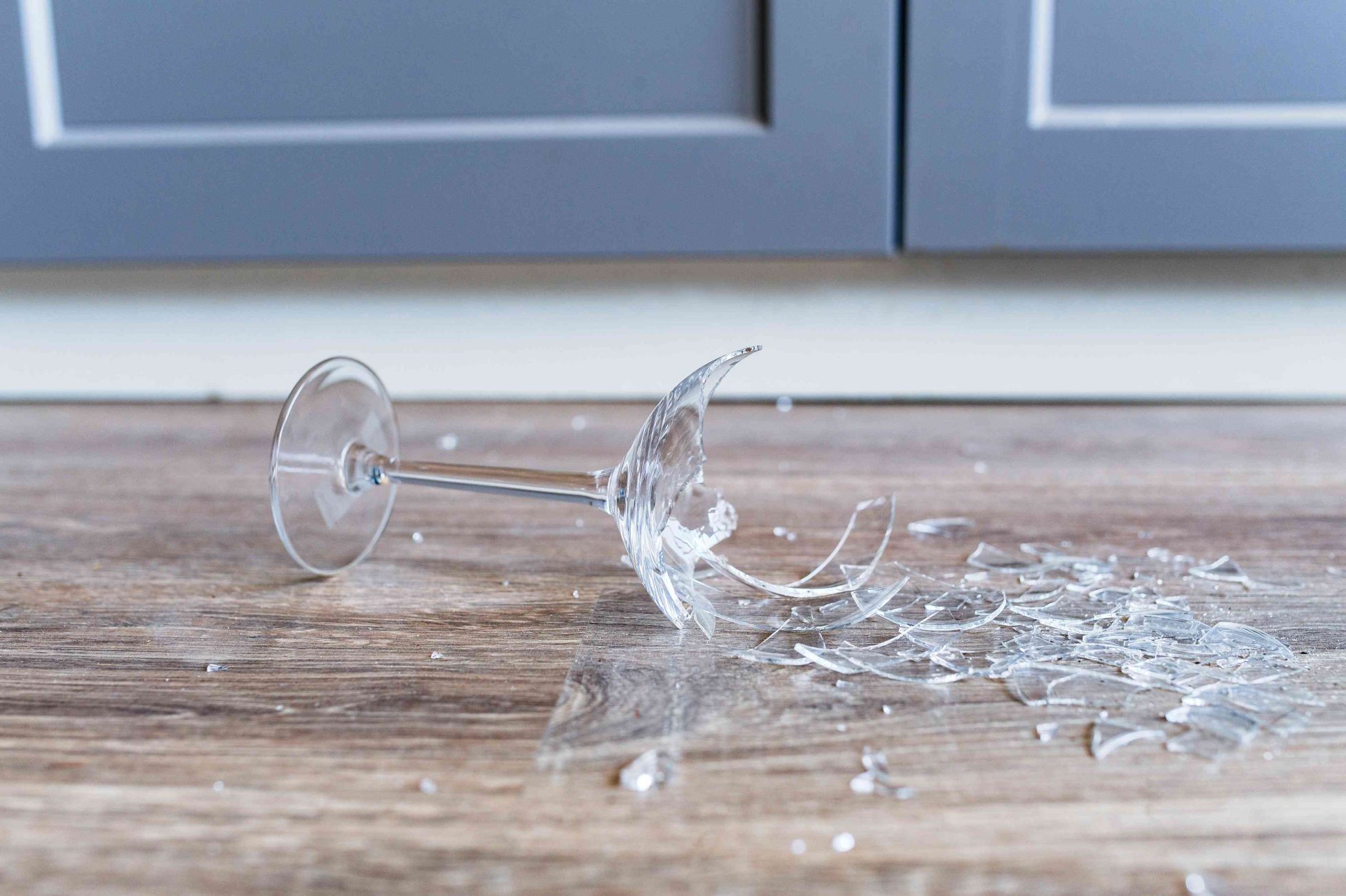


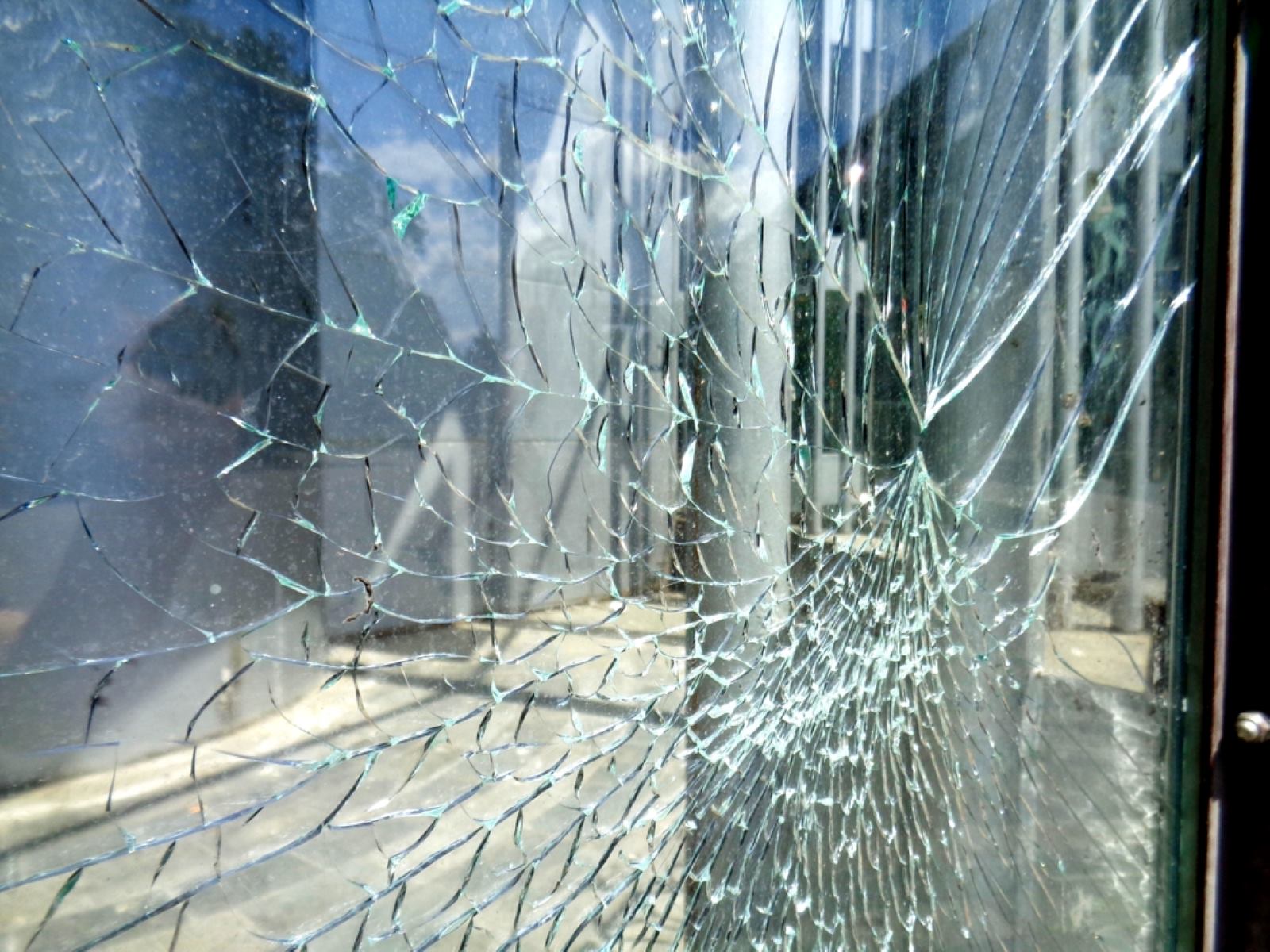
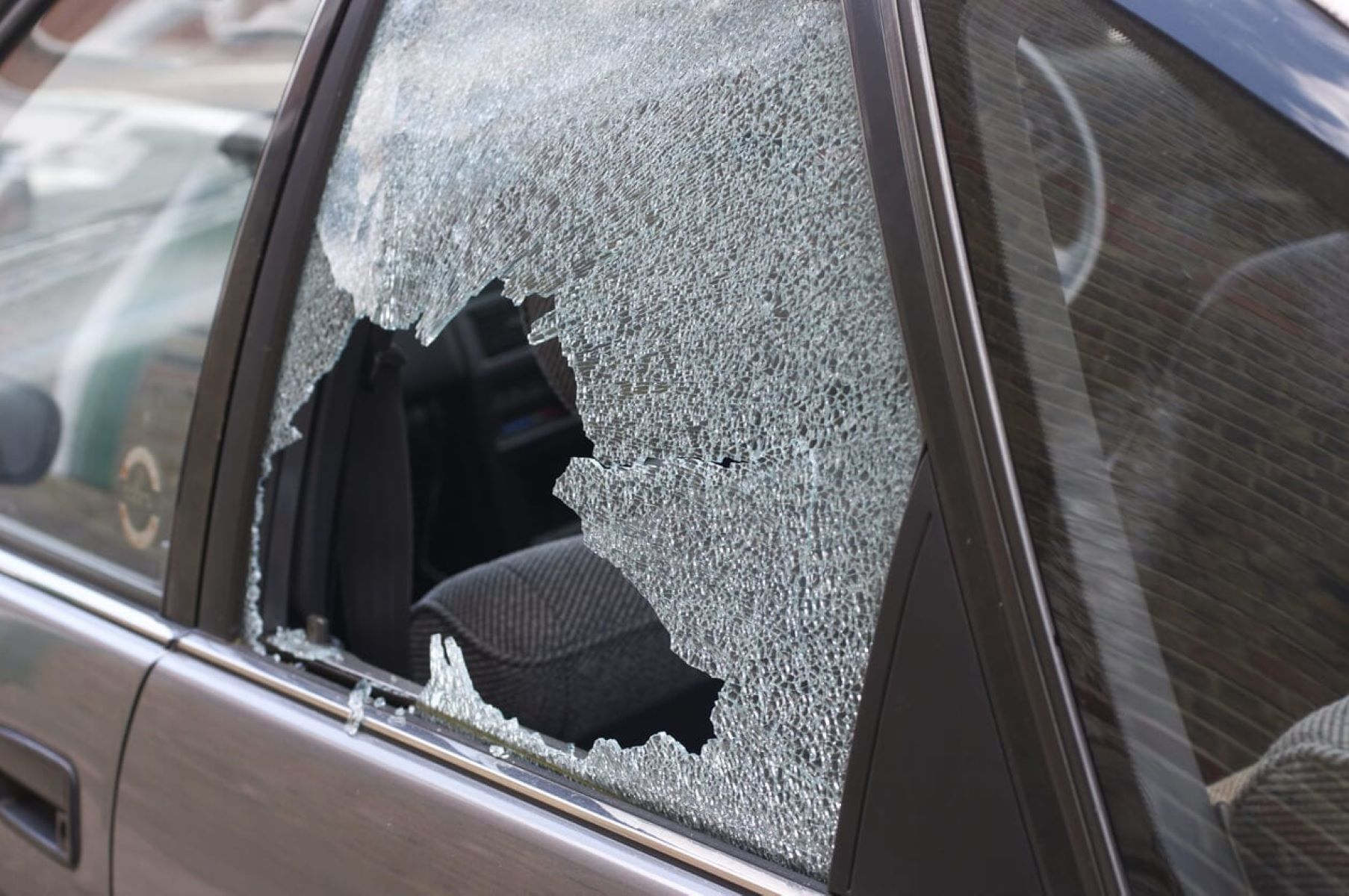

0 thoughts on “Why Does Glass Cleaner Leaves Streaks”